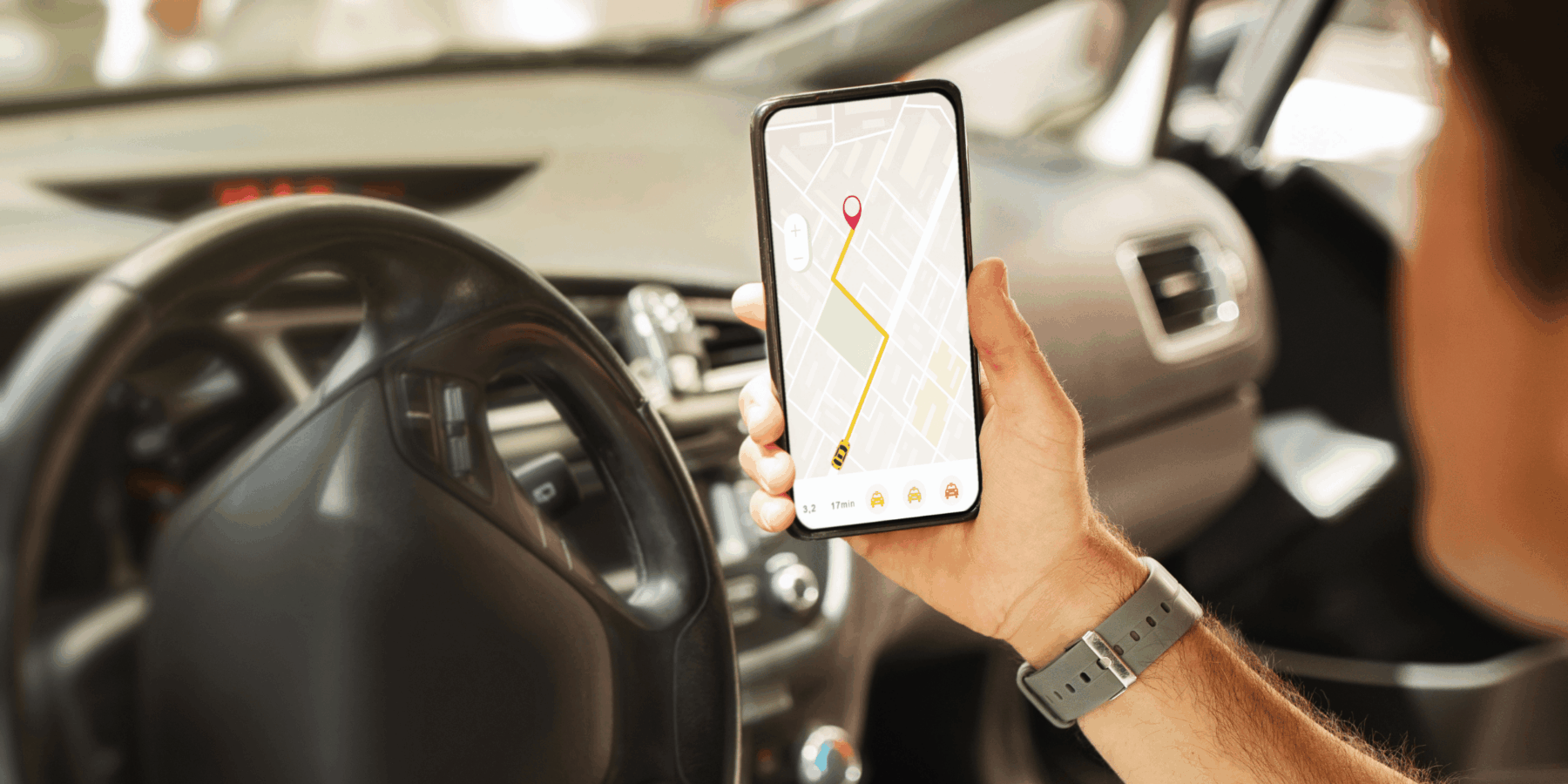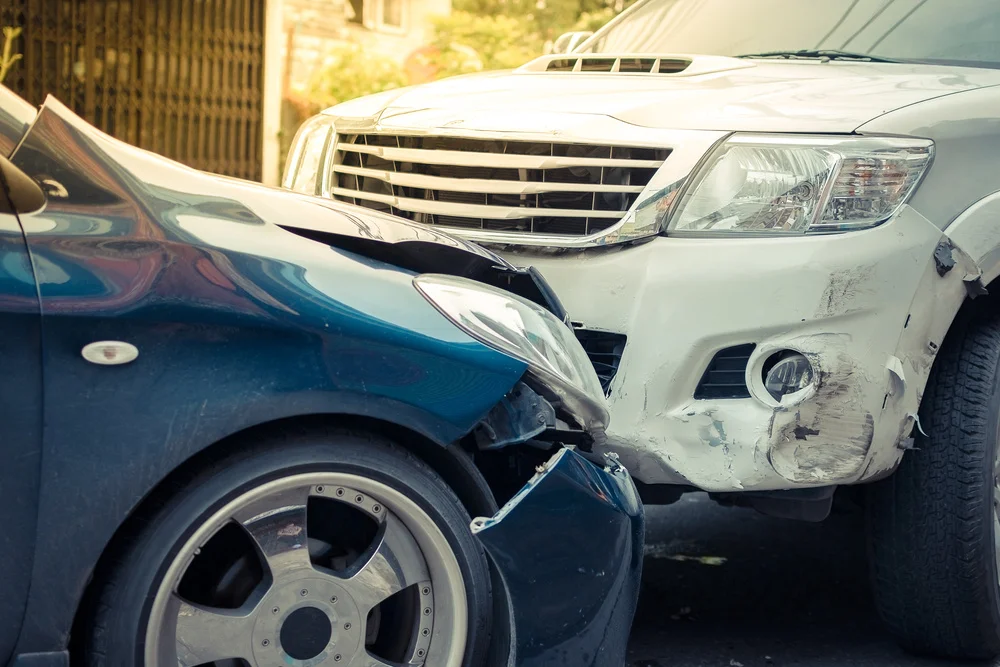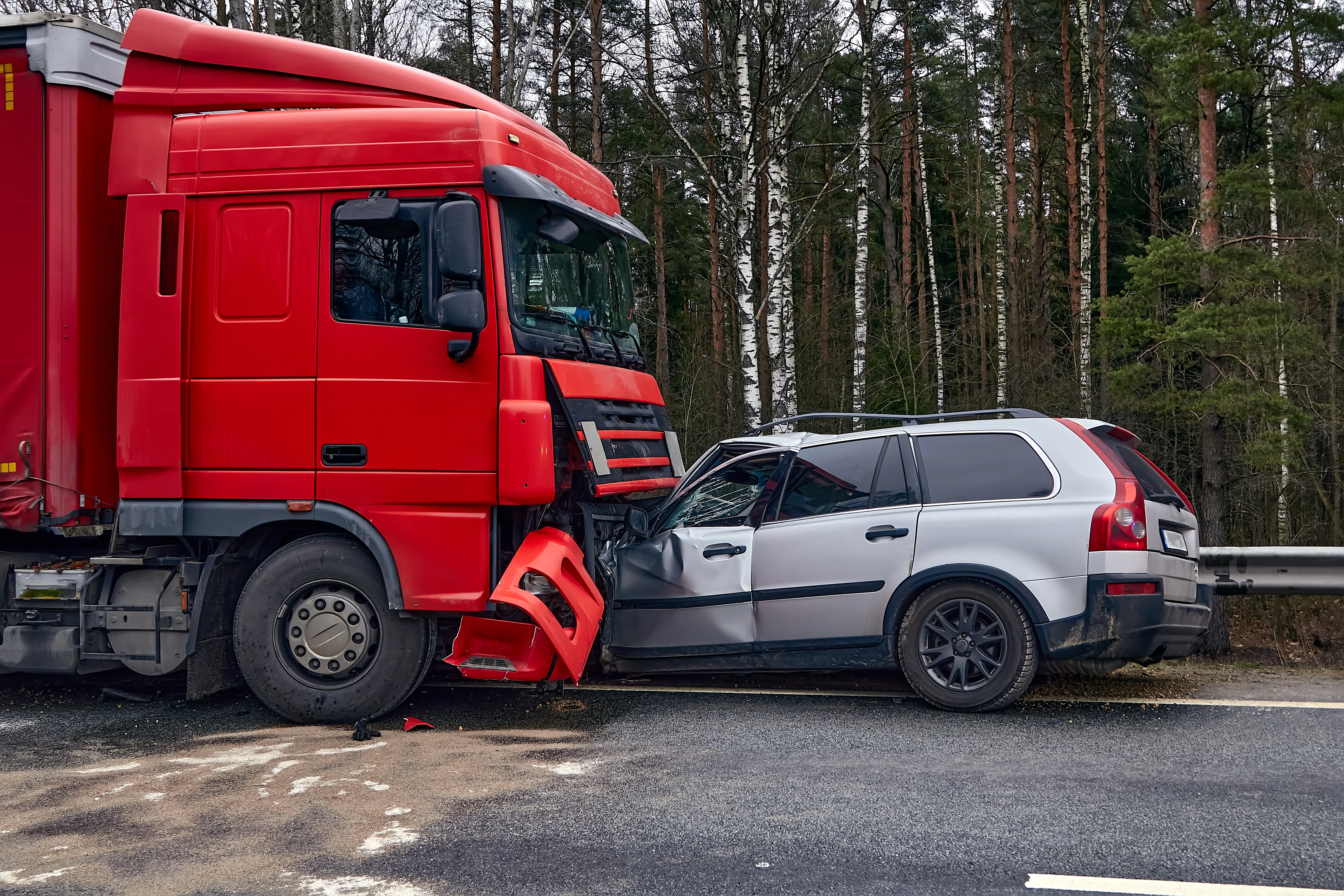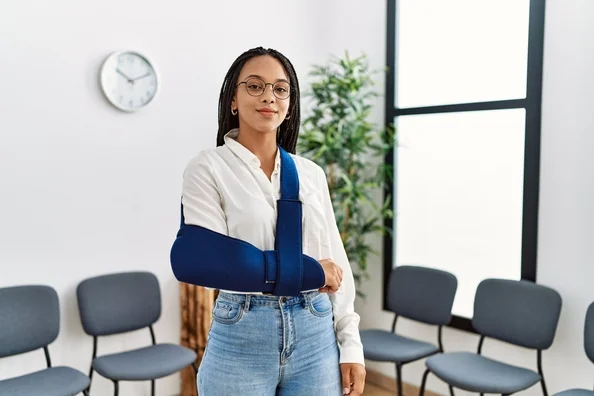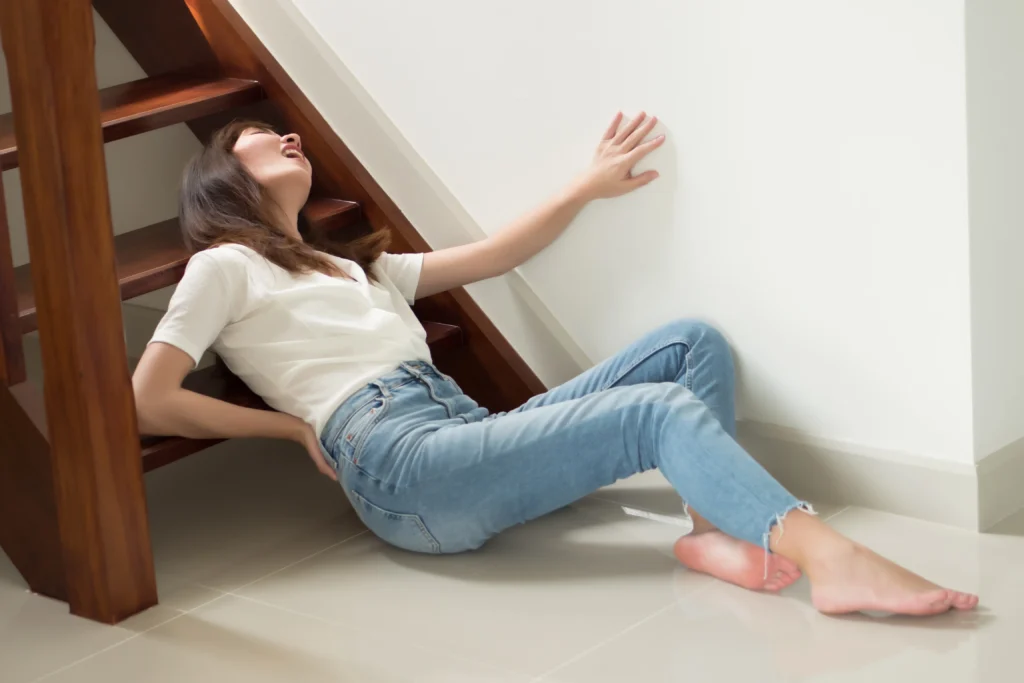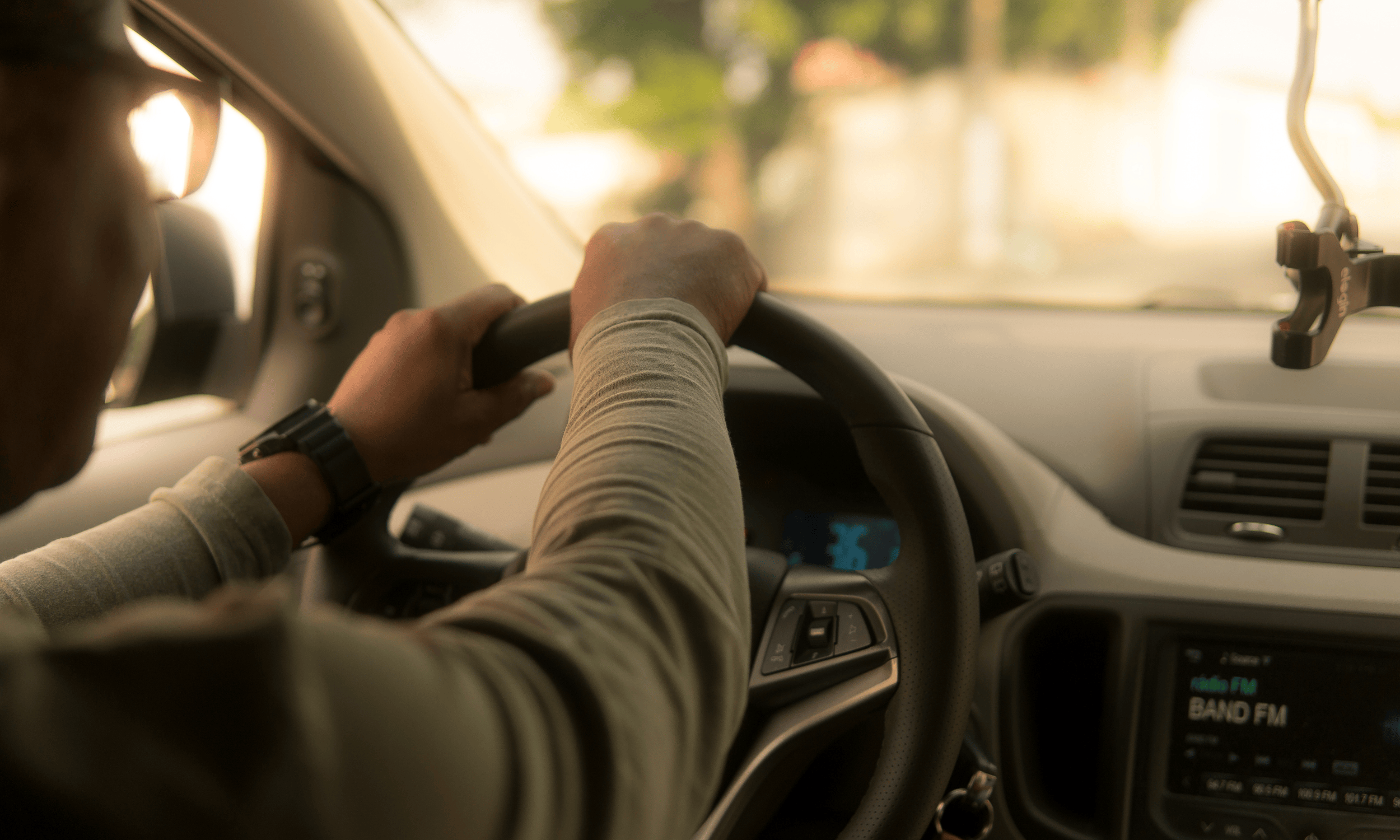Aggressive Legal Help After a Corona Rideshare Accident
If you were hurt in a Corona rideshare accident, you’re not alone. Rideshare accidents with Uber or Lyft are increasing throughout Riverside County, especially along heavily trafficked sections like McKinley Street, Grand Boulevard, and the 91 Freeway interchange. Determining liability in an accident may be difficult. But taking immediate action to collect the highest award you’re legally entitled to is a priority. At the Law Offices of Larry H. Parker, we understand how to battle powerful rideshare firms and their insurance carriers with assured victory.
Rideshare services operate legal loopholes that most victims never see coming. The National Highway Traffic Safety Administration (NHTSA) indicates that vehicle automation and app-based driving correlate to increased crash rates in urban cities like Corona where usage is increasing. If you have been hurt as a passenger, pedestrian, or other driver, you need legal service that is fast and furious.
Our team of professionals has helped over 100,000 clients and recovered more than $2 billion. We are ready to pursue your wreck, prove fault, and hold everyone responsible accountable. No matter where your accident occurred off The Shops at Dos Lagos, Temescal Canyon Road, or following a late-night ride home from the Corona–North Main Metrolink Station, we know how to prevail in Corona rideshare accident claims.
Don’t wait while Uber or Lyft insurers gather evidence to reduce their pay-out to you. Get the aggressive representation you need now.
High-Risk Crash Zones for Rideshare Vehicles in Corona
Corona’s roads see heavy rideshare traffic throughout the day and night. With growing populations and complex traffic patterns, certain areas have become hotspots for rideshare accidents in Corona. These zones pose a higher risk due to congestion, frequent stops, limited visibility, and erratic driver behavior. At the Law Offices of Larry H. Parker, we routinely investigate Uber and Lyft accidents near these local corridors to build strong, evidence-backed claims.
According to California’s Office of Traffic Safety, Riverside County experiences a high rate of injury collisions involving rideshare vehicles. Many of these incidents happen at or near the same intersections, exits, and commercial areas in Corona.
Traffic Congestion Around the 91 Freeway and McKinley Street
The area surrounding McKinley Street and the 91 Freeway is one of the most common zones for Uber and Lyft collisions in Corona. With shopping centers, on-ramps, and merging lanes all intersecting within blocks, rideshare drivers often make last-minute turns or sudden stops.
These driving habits, combined with aggressive merging and distracted GPS use, frequently lead to rear-end crashes and side-swipes. Pedestrians and cyclists are also at risk near nearby retail complexes.
A Federal Highway Administration (FHWA) study supports that high-volume intersections like these significantly increase collision rates involving app-based drivers.
Drop-Off Confusion Near Corona–North Main Metrolink Station
The Corona–North Main Metrolink Station draws hundreds of daily commuters. Many rely on rideshare services for first- and last-mile travel. However, limited curb space, poorly marked drop zones, and constant foot traffic create dangerous conditions for both passengers and drivers.
We often see claims where passengers were struck while entering or exiting rideshare vehicles at this transit hub. If Lyft or Uber drivers stop in bike lanes or in the middle of the street, they can be held liable for resulting injuries.
The UCLA Institute of Transportation Studies highlights how poor curbside infrastructure in urban transit zones contributes to higher crash rates involving pedestrians and rideshare vehicles.
Frequent Uber and Lyft Crashes Along Ontario Avenue and Foothill Parkway
Both Ontario Avenue and Foothill Parkway serve as major east-west corridors in Corona. These roads are frequently used by rideshare drivers connecting to nearby residential neighborhoods or commercial centers like The Crossings at Corona.
Speeding, sudden U-turns, and distracted driving are common here. Additionally, Foothill Parkway lacks consistent protected turn lanes, increasing the risk of left-turn collisions with oncoming traffic. These crashes often involve both passengers and other vehicles on the road.
Research from the Insurance Institute for Highway Safety (IIHS) confirms that unprotected turns are a leading cause of injury-related car crashes in urban and suburban environments.
Busy Weekend Zones Near The Shops at Dos Lagos
Rideshare usage spikes on weekends near The Shops at Dos Lagos and surrounding dining and entertainment venues. Lyft and Uber drivers frequently double park, ignore fire lanes, or drop off passengers mid-turn. These actions put nearby motorists and pedestrians at serious risk.
Even though many of these drivers are under pressure to complete rides quickly, reckless or illegal stops can lead to multi-vehicle crashes or parking lot injuries. Video surveillance and witness testimony often play key roles in proving fault in these cases.
The National Institute for Occupational Safety and Health (NIOSH) outlines how economic incentives in gig work often pressure rideshare drivers to prioritize speed over safety, especially in crowded retail areas.
If you or a loved one suffered injuries in any of these high-risk areas in Corona, take action immediately. Our team begins investigating crash scenes the moment you call. We collect digital evidence, preserve local traffic data, and fight aggressively to secure full compensation.
Types of Rideshare Accidents We Handle Across Corona and Beyond
At the Law Offices of Larry H. Parker, we represent injury victims in all types of Corona rideshare accident claims. Whether you were injured while riding in an Uber, hit by a Lyft driver, or involved in a crash caused by an autonomous vehicle like Waymo, we take immediate steps to secure evidence and protect your rights.
Rideshare companies use layered insurance structures and complex legal language to delay and deny legitimate claims. We know how to navigate these corporate defenses and hold all parties financially accountable for your medical expenses, lost wages, and pain and suffering.
Uber Accidents Throughout Corona’s Commuter Corridors
Uber is one of the most active rideshare services in the Corona area, especially during peak commuting hours near Grand Boulevard and the 15 Freeway interchanges. Crashes involving Uber drivers often happen when they are distracted by navigation apps, rushing to complete trips, or stopping unsafely to pick up riders.
According to MIT’s Center for Transportation and Logistics, drivers on gig platforms like Uber face intense productivity pressure that can increase unsafe behavior. These conditions often lead to collisions that cause serious injury to passengers, pedestrians, and other motorists.
We represent clients injured:
- While riding in an Uber
- After being hit by an Uber driver
- While entering or exiting an Uber vehicle
We work to confirm app status at the time of the crash and immediately subpoena relevant trip data to strengthen your case.
Lyft Crashes in Retail Zones and Residential Areas
Lyft operates heavily around shopping and entertainment districts in Corona, including The Crossings at Corona, Main Street, and Eagle Glen. Drivers frequently cause accidents while searching for passengers, stopping abruptly, or violating right-of-way at intersections.
Lyft’s layered insurance coverage depends on the precise moment of the crash. If the app was active and the driver was engaged in a ride, Lyft may provide up to $1 million in liability coverage. However, drivers waiting for requests are often covered by limited policies, leaving room for disputes.
The Consumer Financial Protection Bureau notes that misclassification of gig drivers and vague liability terms often confuse consumers and delay insurance responses. That is why our firm acts fast to confirm driver status and hold Lyft accountable.
Waymo and Self-Driving Rideshare Collisions
Self-driving vehicles are becoming more visible across Southern California, including autonomous rideshare test routes in Riverside County. Waymo, operated by Google’s parent company Alphabet, has expanded pilot programs that raise new legal questions about liability when crashes occur.
Waymo and other autonomous vehicles rely on complex AI systems. When these systems fail to detect obstacles, miscalculate turns, or misread traffic signals, serious injuries can result.
The RAND Corporation highlights the legal gray zones that exist when autonomous vehicles are involved in collisions. Our firm investigates system failures, sensor logs, and manufacturer responsibility in all self-driving rideshare cases.
We represent clients injured:
- As passengers inside a Waymo vehicle
- After being struck by a self-driving car
- In multi-vehicle crashes involving AV rideshares
Other App-Based Rideshare Accidents in the Corona Area
In addition to Uber, Lyft, and Waymo, other rideshare and delivery platforms operate throughout the city. Services like Wingz, Getaround, Turo, and even DoorDash or Instacart drivers may be liable if their negligence causes a crash.
While these services may not be traditional passenger-based platforms, their drivers are often distracted, overworked, or undertrained. When one of these app-based workers causes a collision, we identify all insurance layers involved and seek compensation from every available source.
The National Conference of State Legislatures (NCSL) provides legislative updates on evolving rideshare and gig economy liability standards, which we stay current on to support your claim.
Whether your accident involved a well-known rideshare like Uber or a lesser-known platform, our legal team moves swiftly to investigate the cause, secure digital trip data, and file aggressive insurance demands. Rideshare companies count on confusion. We count on results.
Navigating Rideshare Accident Claims in the Heart of Corona
Rideshare accident claims in Corona are rarely straightforward. Unlike typical car accidents, these cases involve multi-layered insurance policies, shifting liability rules, and evasive corporate tactics. At the Law Offices of Larry H. Parker, we know how to cut through the red tape and aggressively pursue justice for victims of Corona rideshare accidents.
According to the California Department of Insurance, rideshare coverage depends entirely on the driver’s status at the time of the crash. Determining whether the driver was waiting for a ride, on the way to pick up a passenger, or actively transporting someone can dramatically impact your case.
Why Driver App Status Controls Your Claim
Uber and Lyft insurance policies are structured into phases. If a driver is not logged into the app, their personal insurance is the only coverage available. When the app is on but no ride has been accepted, only limited third-party liability applies. Once a ride is accepted or a passenger is in the vehicle, rideshare companies provide up to $1 million in coverage.
The issue is that companies often try to dispute the timing. They may claim a ride had not yet started or had already ended to reduce their financial responsibility. We use trip receipts, GPS logs, and internal app data to prove exactly what stage the ride was in when the collision occurred.
Research from Georgetown Law’s Institute for Technology Law and Policy shows that rideshare platforms often use algorithmic ambiguity to avoid full payouts. Our firm knows how to push back.
Multiple Parties Can Be Liable in Rideshare Collisions
A Corona rideshare accident may involve more than just the rideshare driver. In many cases, another driver, a vehicle manufacturer, or the rideshare company itself may share legal responsibility. We pursue every liable party to ensure our clients receive maximum compensation.
You may have a valid claim against:
- The rideshare driver for reckless or distracted driving
- Uber or Lyft for negligent hiring or failure to deactivate dangerous drivers
- A third-party motorist who caused or contributed to the crash
- A property owner if unsafe road conditions played a role
In complex cases involving multiple vehicles, we use accident reconstruction data and layered insurance reviews to pinpoint liability.
We Act Quickly to Preserve Critical Evidence
Timing is everything in a rideshare injury claim. Companies like Uber and Lyft store valuable crash-related data for a limited time. If this information is not secured early, it may be deleted or altered. That is why we send legal preservation letters within days of accepting your case.
We move immediately to:
- Secure in-app ride details
- Obtain dashcam and surveillance footage
- Interview witnesses
- Request police and paramedic reports
- Analyze medical records tied to the crash
As emphasized by the National Association of Consumer Advocates, early evidence collection is one of the most important steps in protecting an injury claim. Our legal team makes it a priority from day one.
If your crash happened near Main Street, Foothill Parkway, or a busy intersection like Ontario Avenue and Lincoln Avenue, contact us right away. Every rideshare accident claim begins with the truth, and we know exactly where to find it.
How Insurance Works in a Corona Rideshare Accident Based on Uber and Lyft App Status
Understanding how insurance coverage applies in a Corona rideshare accident requires more than just knowing who caused the crash. The most critical factor is the status of the Uber or Lyft app at the exact moment of the collision. This single detail determines whether the driver’s personal insurance policy applies or if the rideshare company’s commercial coverage kicks in.
At the Law Offices of Larry H. Parker, we break down this complex insurance framework for every client, ensuring no one gets misled or shortchanged by corporations looking to avoid paying what you deserve. Insurance companies work fast to limit payouts. We work faster to expose the truth.
Below is a comprehensive breakdown of how Uber and Lyft’s coverage structures operate under California law.
App Off and Driver Not Logged In
If the Uber or Lyft driver is not logged into the app at the time of the accident, they are considered off-duty. In these cases, only the driver’s personal auto insurance policy applies. Uber and Lyft provide no coverage whatsoever for drivers who are not actively using the app. This phase is identical to a traditional private vehicle collision in the eyes of the law.
Drivers in this status often carry the minimum state-required liability insurance, which in California is:
- $15,000 for injury or death to one person
- $30,000 for injury or death to more than one person
- $5,000 for property damage
These limits are often insufficient to cover serious injuries or multi-vehicle collisions, leaving victims at risk of unpaid medical bills and long-term financial damage. That is why we immediately verify the driver’s login history, ride request timeline, and personal policy declarations.
App On and Waiting for a Ride Request
When the rideshare app is on but the driver has not yet accepted a trip, limited third-party liability coverage from Uber or Lyft becomes available. This coverage is designed to protect others on the road who may be injured due to the driver’s negligence during this phase.
The available coverage includes:
- $50,000 per person for bodily injury
- $100,000 total per accident for bodily injury
- $25,000 for property damage
This tier of insurance is often referred to as contingent liability. It only applies if the driver’s personal policy does not cover the accident or denies the claim. In practice, this means rideshare companies may delay paying until the driver’s insurer formally rejects liability.
During this phase, rideshare drivers are technically available for hire but are not yet assigned to a ride. Their driving behavior may be influenced by the pressure to secure their next trip, leading to sudden lane changes, distracted app usage, or erratic driving patterns that increase the risk of collisions.
Trip Accepted or Passenger in Vehicle
Once the Uber or Lyft driver has accepted a ride request or has a passenger in the vehicle, full commercial insurance coverage from the rideshare company applies. This is the most robust coverage tier and offers protections to:
- Rideshare passengers
- Other drivers and pedestrians injured in the crash
- Property owners impacted by the collision
- Uber or Lyft drivers, under specific conditions
In California, the mandatory coverage for this phase includes:
- Up to $1 million in third-party liability coverage
- Uninsured and underinsured motorist coverage up to $1 million
- Contingent collision and comprehensive coverage (if the driver has this on their personal policy, subject to a deductible)
This means that even if the at-fault driver has no insurance or flees the scene, the Uber or Lyft policy can still pay for your damages. These protections apply from the moment a ride is accepted until the passenger exits the vehicle.
These companies often challenge whether the ride had truly started or whether the driver had ended the trip moments before the crash. We combat these denials by securing real-time app data, GPS logs, and ride receipts directly from the platform.
Post-Ride Crashes and Grey Areas
One of the most contested scenarios in a Corona Uber or Lyft accident is when the crash occurs within seconds of the ride ending. For example, a passenger may have exited the vehicle, but the driver is still pulling away when the collision happens. Rideshare companies often argue that their coverage no longer applies.
This is what’s known as a coverage gray area, and it is one of the most common sources of claim denials. Uber and Lyft may claim the app was offline or that the driver had not yet entered the active ride phase. We use time-stamped digital evidence to challenge these claims and preserve your right to compensation.
Additionally, drivers may toggle between apps (e.g., driving for both Uber and Lyft), further complicating which insurer holds liability. In some cases, neither company wants to accept responsibility, leaving the victim caught in a legal and financial tug-of-war.
A 2022 report from the University of California, Davis Institute of Transportation Studies highlights the growing number of claims stalled due to app-switching and coverage disputes in the gig transportation economy.
If you have been injured in a rideshare collision anywhere in Corona, from Temescal Valley to Sixth Street, do not wait for insurers to get their story straight. Contact us immediately. We investigate the app status, challenge denial strategies, and fight for every dollar you deserve. When your future is on the line, precision matters. And we never leave coverage questions unanswered.
Contact a Corona Rideshare Accident Attorney Who Knows How to Win
After a Corona rideshare accident, time is not on your side. Uber, Lyft, and their insurance partners are already working to protect themselves. You need a law firm that will move faster, fight harder, and focus entirely on your recovery.
At the Law Offices of Larry H. Parker, we have recovered more than $2 billion for over 100,000 injured clients across California. Our team is ready to investigate your accident, secure critical evidence, and build a case that demands full and fair compensation.
Whether your injury occurred near the Corona–North Main Metrolink Station, along Magnolia Avenue, or in a parking lot at The Crossings at Corona, we are here to help. We handle every rideshare injury claim with urgency, precision, and relentless determination.
You pay nothing unless we win your case.
Call us today or request a free case evaluation online.
Let our Corona rideshare accident attorneys protect your rights, your recovery, and your future.
Practice Areas
Trust UsWith Your Personal Injury Claim
If you or a loved one have been injured, the Law Offices of Larry H. Parker will fight for you every step of the way. We will give our all to secure the compensation you rightfully deserve.
Contact usfor a free consultation.
Phone: (310) 736-6869
